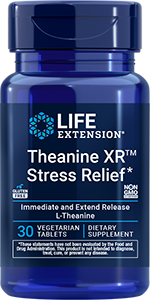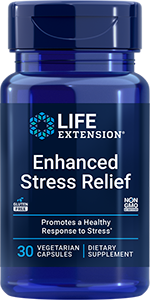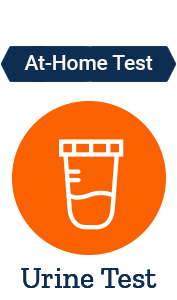Progressive Muscle Relaxation
An effective self-help tool to help combat stress and anxiety.
Progressive muscle relaxation is a highly effective exercise for those suffering with stress and anxiety. It is a method of exercising that involves the tensing and releasing of muscles and is used to promote health and wellness for the mind and body.
It can have an enormous positive effect on the mind since the mind and body are so closely connected. Progressive muscle relaxation helps to break the negative cycle that stress and anxiety suffers find hard to break.
Stressful Thoughts = Tense Body
Tense Body = Stressful Thoughts
As with chronic stress and anxiety, muscle tension is a very common complaint. When we are stressed it's not uncommon for us to develop a habit of tensing muscles. It's important to note that when muscles are tense for a prolonged period of time they create a memory of staying that way. Many people with chronic stress and anxiety have an inability to physically relax their muscles because they have been tense for long. Their muscles just naturally stay tense out of habit.
Progressive muscle relaxation is a method that trains your muscles to return to their relaxed state. This particular method of stress management helps to break the habitual tension in the body, which if done enough, can bring the body back into a relaxed state.
With stress and anxiety, the mind has an important role with progressive muscle relaxation. By relaxing the muscles, you make it easier for your mind to follow the same path. By practicing this mthod you are benefiting your mind and body together.
How Does Progressive Muscle Relaxation Work?
When you take a muscle that is tense and apply more pressure to it for an specific period of time and then release that pressure, the muscle is left more relaxed than it was originally. This is a natural, biological response. This is why progressive muscle relaxation is effective and really works. The goal of doing these exercises is to help you develop a positive habit of releasing tension by deliberately relaxing the muscles, so your mind will follow you into a more peaceful place.
How Often Should You Practice Progressive Muscle Relaxation?
The more you practice progressive muscle relaxation the better you will become. It becomes easier with time, patience and practice! Practice as often as you can. Once a day is good but if you are trying to break free from anxiety and panic, I suggest a couple times a day. The more you do it, the more control you will have over your muscles and how much tension you will experience.
Helpful Tips for Progressive Muscle Relaxation
Begin Practicing Progressive Muscle Relaxation
1. Prepare for progressive muscle relaxation by concentrating on your muscles. See if you notice different areas that are more tense than others. We all have a favorite place that we keep our tension locked when we are stressed. For some it may be your jaw (resulting in TMJ), for others it may be the stomach (resulting in IBS and Colitis) and many others hold their tension in their neck, face or even their lower back. We are all different and have our own habits of handling stress.
2. You want to tense your muscles for 10-15 seconds each and then you want to relax the muscle as much as you can while saying "RELAX" as you let the muscles go.
3. You can start with any part of your body first. There is no particular order to do progressive muscle relaxation. However, I like to start at my head and work my way down to my feet so that I don't miss any body parts along the way.
4. If you notice you still have tension in different areas of your body, it is okay to repeat as often as necessary until you get the results you need in your muscles.
5. It's also important to take a cleansing, relaxing breath in between each muscle exercise. Take a deep breath, fill your lungs as much as you can, hold for 1 second and then slowly release the air.
Progressive Muscle Relaxation Examples
This exercise helps to increase awareness and helps you get in touch with your body. Therefore, you may notice more often when your body tenses up at different times of the day. Having this awareness will allow you to take control of your muscles and keep them in a relaxed state.
What about Muscle Cramping During Progressive Muscle Relaxation Exercise?
If you notice muscle spasms upon doing these exercises, it could mean that you are deficient in magnesium. Magnesium acts as a natural calcium blocker, helping your muscle cells relax after contracting. When magnesium levels are low, your muscles may contract too much and cause symptoms such as cramps or muscle spasms. A magnesium supplement is a good supplement to help with this and will help alleviate any cramping you experience. You can always check your magnesium levels with a
Life Extension Magnesium, RBC Blood Test and supplement with high quality pharmaceutical grade
Life Extension Magnesium - 500 mg (100 Vegetarian Capsules)
Additional Resources
Sound-Mind.Org Homepage
Guided Steps to Recovery
Natural Supplements
Want to recover without using medication? There are many different kinds of supplements that are available and very effective in helping people combat the physical symptoms of anxiety.



